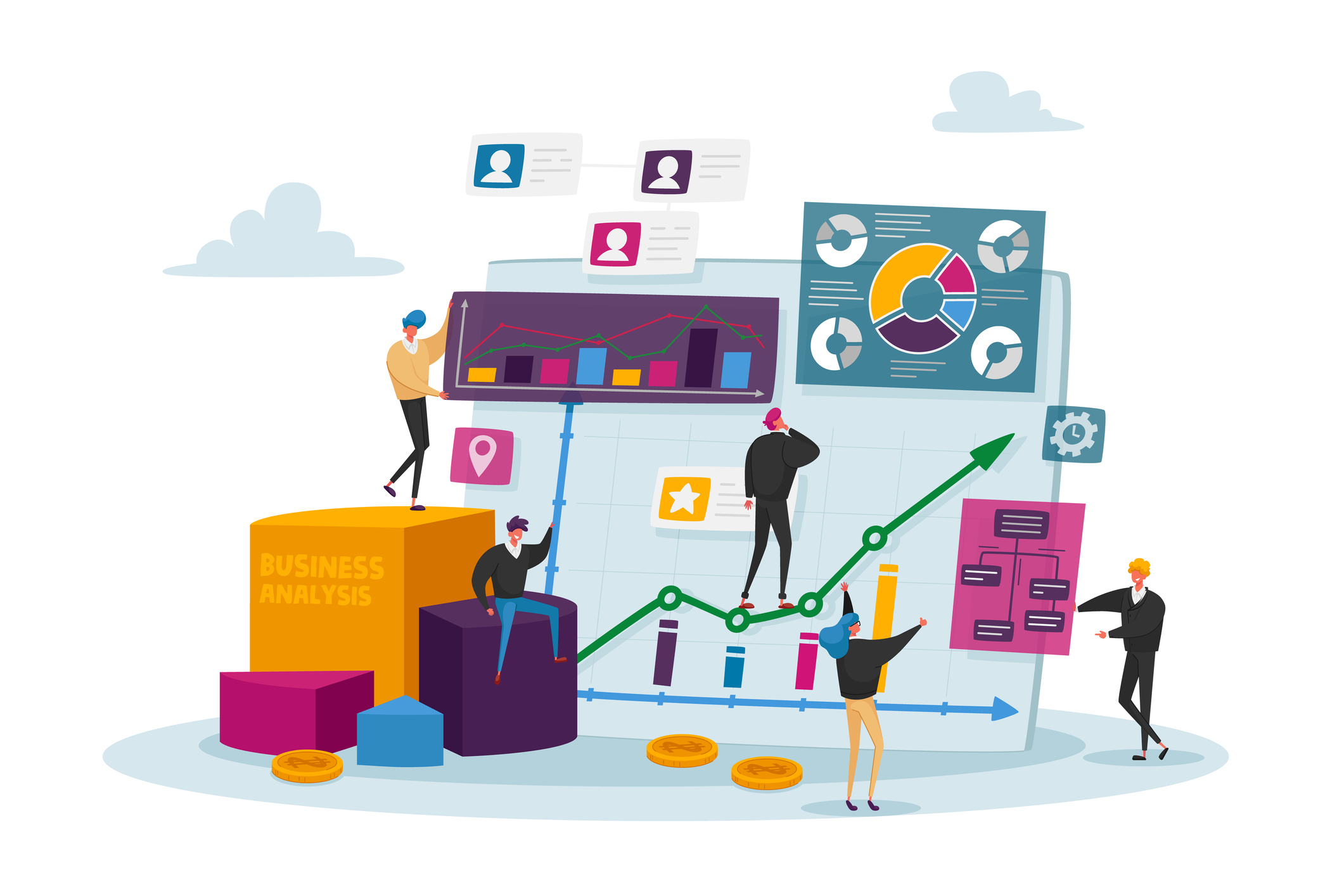Workforce Optimization: What It Is and How It Can Help Contact Centers
Workforce optimization (WFO) encompasses the “work smarter, not harder” mindset when it comes to business management. Companies face new challenges in the post-pandemic workplace, especially with remote and hybrid arrangements are sticking around as part of the new normal. Optimizing your workforce is more important now than it has ever been before.
Keep reading to learn more about the benefits of workforce optimization, plus examples to see how contact centers in particular use WFO strategies and tools to improve their workflows and keep customers and employees happy.
Key Takeaways:
- The goal of workforce optimization is to boost employee efficiency, decrease operation costs, and streamline work processes.
- Workforce optimization benefits companies on every level. It improves internal communication, identifies wasteful budget expenses, helps managers understand staffing and scheduling needs, and more.
- Real-time insights and valuable analytical data are the primary drivers of effective workforce optimization.
What is Workforce Optimization (WFO)?
Workforce optimization is a series of tools, practices, and strategies designed to improve employee efficiency while decreasing operating costs. WFO streamlines processes within and between departments to optimize team communication across the entire operation.
Contact centers and other companies that successfully utilize workforce optimization take a data-driven approach by collecting and analyzing information such as:
- Operational costs
- Net promoter score (NPS)
- Customer satisfaction
- Customer data analytics
- Employee schedules
- Employee performance
Technology is a crucial component of workforce optimization. Companies can combine data analytics, surveys, quality management, scheduling, coaching, and feedback to optimize overall workforce processes across the organization.
Benefits of Workforce Optimization for Contact Centers
Workforce optimization enables contact centers to strategically cut costs, boost productivity and efficiency, improve customer care, reduce errors, utilize technology investments to full capacity, and other benefits we explore in greater detail.
At the granular level, the primary benefit of workforce optimization is the deep, valuable insights into every aspect of how the organization’s workflows are functioning. This analytical data helps managers make strategic decisions that can:
- Increase efficiency and productivity: Maintain the optimal level of employees to function at peak efficiency. Understand attendance, task completion, and time management. Monitor seasonal fluctuations to determine if management needs to hire temp staff or upgrade employees with new tools to meet demand.
- Lower operational costs and increase savings: Identify opportunities to upsell and cross-sell, plus receive real-time insights. Use data to analyze budget needs and recognize wasteful spending habits. Pinpoint disruptions in the workflow that automation could solve.
- Improve customer service and retention: Monitor response time, escalation cases, agent performance, customer feedback and online habits, and other important data points to improve your team’s customer care strategy.
- Uncover new career development opportunities: Keep track of internal career movement for vertical or horizontal growth between departments. Managers can also gauge employee satisfaction and engagement, which directly impact the customer’s experience.
5 Examples of Workforce Optimization
WFO comes with a full package of benefits that help contact centers and other workplaces operate at maximum efficiency. So how exactly does workforce optimization work? Here are five examples of WFO implementations:
1. Performance Management
Understanding employee performance is critical for workforce optimization. WFO task-tracking software help agents prioritize assignments and manage their task lists.
Meanwhile, managers can monitor key performance indicators (KPIs) to ensure employees have the training, tools, experience, and resources for success. If there are any performance gaps, managers can strategically diagnose issues and work with the employee to solve them.
Managers also have access to the full scope of day-to-day operations. They can see current workloads, open and closed cases, unassigned queries, active chats, and more to make sure the contact center is meeting all customer demands in a timely manner without overloading employees.
2. Scheduling Software
In addition to monitoring employee performance, managers must also keep track of employee work time. This means watching for overtime and burnout, knowing when increased demands call for hiring new staff or temp workers, and ensuring that enough employees are available at any given time.
Workforce optimization relies on software, trends, and forecasting to meet these demands. With these tools, organizations have a clear overview of employee schedules from both an individual and full-scale perspective.
Some WFO software options allow agents to manage their own schedules. They can swap shifts with other teammates and send digital requests for time off, reducing the manual work for managers to make scheduling updates.
3. Time Tracking and Attendance
Adding time tracking software into your workforce optimization allows managers to keep employees accountable and monitor for issues like late or early clock-ins or false clock-ins, which is when one employee clocks in a friend.
Time theft is a common problem that affects 75% of US-based businesses. On average, employee fraud and abuse cost businesses 5% of their annual revenue.
However, this aspect of workforce optimization isn’t solely punitive to discipline employees who abuse the time clock or attendance policy. Understanding employee behavior, attendance, and schedules enables managers to plan and ensure that the contact center has coverage at all times, accounting for variables such as geographic location, business hours, seasonal peaks, etc.
4. Communication
WFO improves communication channels between employees, consumers, and managers. Customer relationship management (CRM) software tools bring all omnichannel customer communication into one convenient dashboard, whether it’s phone call logs, chat transcripts, emails, social media comments, etc. CRM software is now the biggest software market in the world, and experts predict the industry will reach more than $80 billion in revenue by 2025.
Workforce optimization also improves internal communication among employees, teams, departments, and managers. Improving overall communication has a profoundly positive effect on work performance and efficiency.
5. Operations
Cutting costs doesn’t necessarily mean cutting corners for the cheapest deal. Workforce optimization uses analytical data to identify wasteful or unproductive spending. With this information, managers can re-examine their business goals and strategies, then reallocate resources for a more efficient budget. To learn more about how workforce optimization works in a customer service setting, watch the video below:
Make Workforce Optimization Part of Your Contact Center’s Strategy
WFO relies on technology and data to foster a consumer-centric perspective. Workforce efficiency revolves around optimizing your team and resources to provide the best customer service possible while minimizing or eliminating extraneous expenses and inefficient practices.
Televerde embraces this same approach. Our experts help businesses build up their customer service to its highest potential while streamlining other processes to improve overall efficiency on every level. Is your business ready for workforce optimization? Request a consultation to learn how we can help and explore our library of resources for more business tips.



